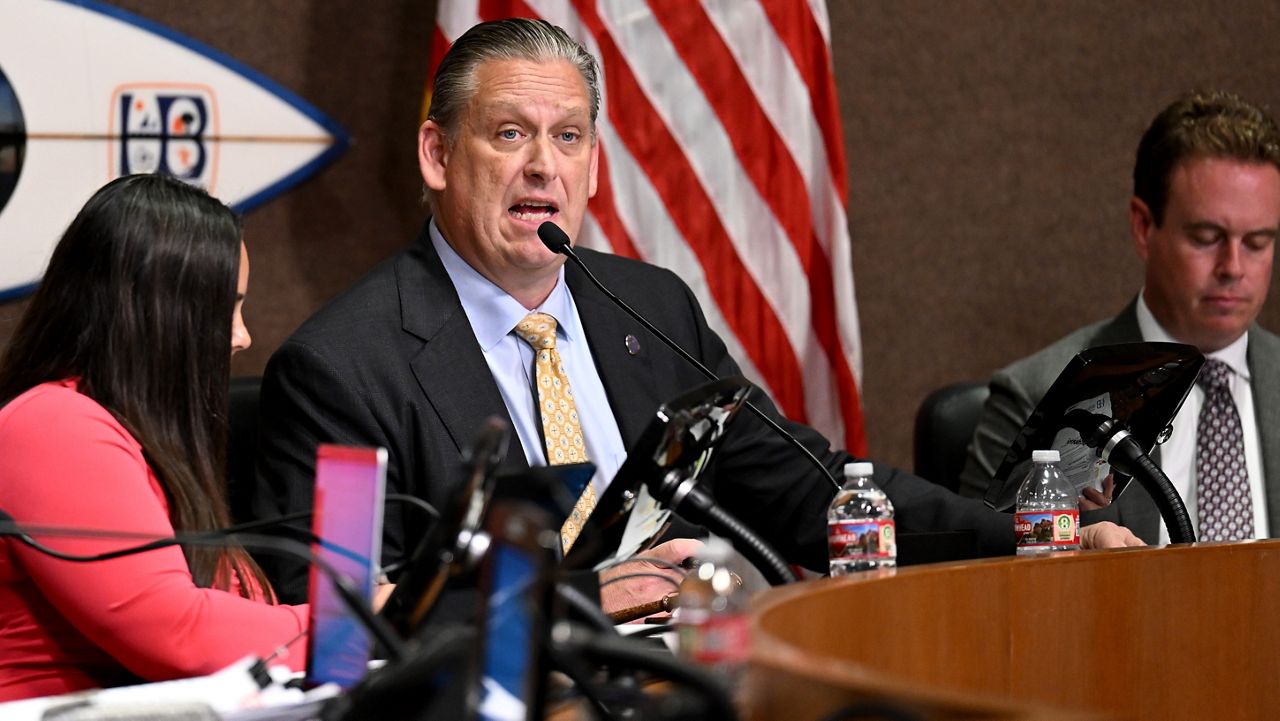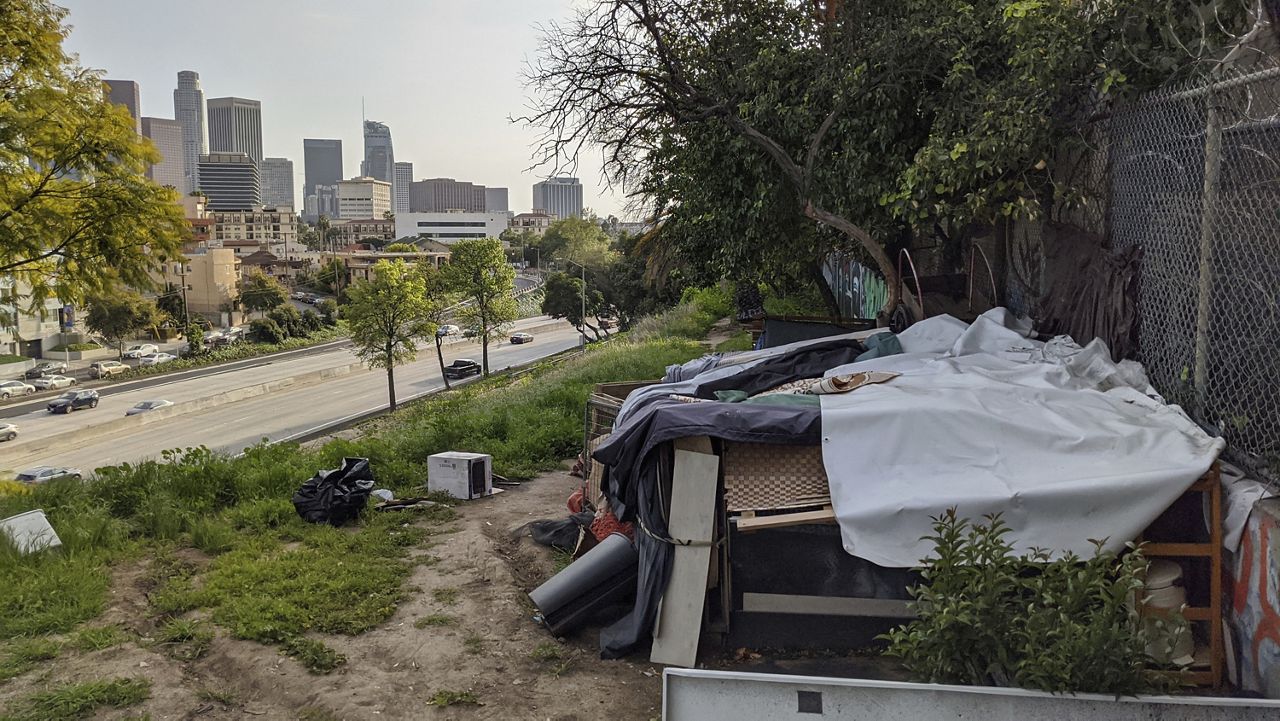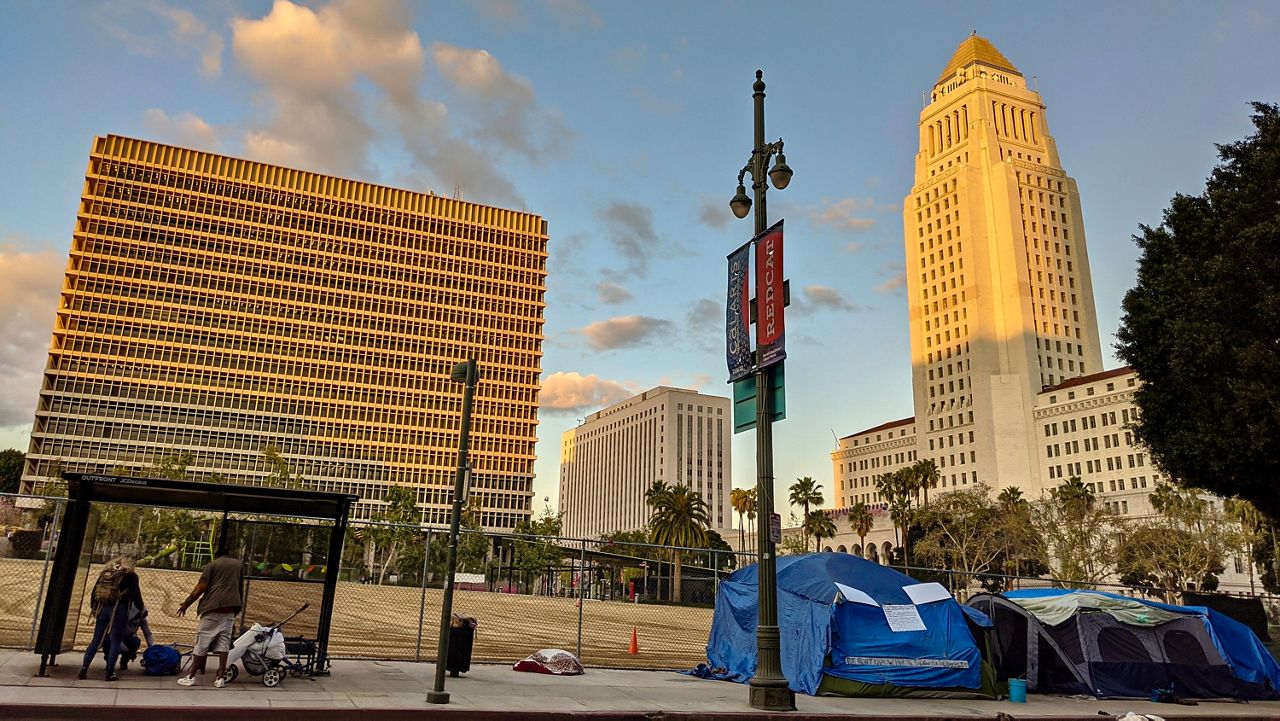SACRAMENTO, Calif. — Gov. Gavin Newsom has allocated billions of dollars to address homelessness.
It has become his top priority and was the focus of his State of the State tour back in March.
“The issue of homelessness is the ultimate manifestation of our failure as a state and nation. We own this — we have to own a greater sense of urgency and responsibility,” Newsom said while touring the state.
To help find solutions to the critical problem, The UCSF Benioff Homelessness and Housing initiative recently completed a statewide survey to understand the root causes of homelessness in California. Dr. Margot Kushel, the principal investigator of the study, sat down with “Inside the Issues” host Alex Cohen to go over the results.
The statewide study of people experiencing homelessness included nearly 3,200 questionnaires filled out by people experiencing homelessness from all walks of life. It also included 365 in-depth interviews to hear personal stories to track trends about what leads to people experiencing homelessness.
While people experiencing mental health disorders or substance abuse are more likely to be at risk for homelessness, Kushel said that doesn’t tell the whole story of the issue.
“I understand why people have that impression; those are often the people that stick in your memory that you really notice, whereas the Uber driver, who took you to the airport, but is living in their car. You might never even notice that they’re experiencing homelessness,” Kushel said.
Looking at ways to prevent homelessness, the survey asked the participants about certain economic interventions that they felt would help them stay housed for two years. Seventy percent said a monthly subsidy of $300 to $500 would have prevented them from being homeless for two years.
“Whether or not people were being too optimistic I don’t know, but certainly in the narratives people unwound for us why they thought that would have worked…they were falling a little bit behind in their rent and then they got evicted…they said to us had I had [the subsidy], that would have never happened,” Kushel said.
A moment that stuck out for Kushel was when one of the people interviewed described being homeless as a full-time job.
“People spoke about the need every moment of their day to try to figure out how to keep themselves safe, how to keep their stuff safe, how to get food, how to find a place to sleep,” Kushel said.
Kushel adds the threat of violence was also prevalent and with all these stresses she said leads to people turning to drugs.
“Many people said [sic] I need to stay awake; I need to stay vigilant so I don’t get attacked, so my stuff doesn’t get stolen, so the police don’t find me and using meth keeps me up,” Kushel said.
The survey identified the elderly as a vulnerable population experiencing homelessness. They found 48% of single adults experiencing homelessness were 50 or older.
“This is a real catastrophe,” Kushel said. “...The story of homelessness in California is really older adults, usually older adults of color, living their last years on our streets.”
Kushel will participate in a forum about homelessness in Los Angeles at the Hammer Museum on Aug. 22.
Let Inside the Issues know your thoughts and watch Monday through Friday at 8 p.m. and 11 p.m. on Spectrum News 1.











